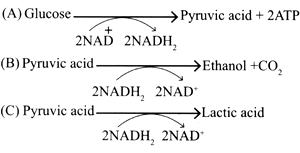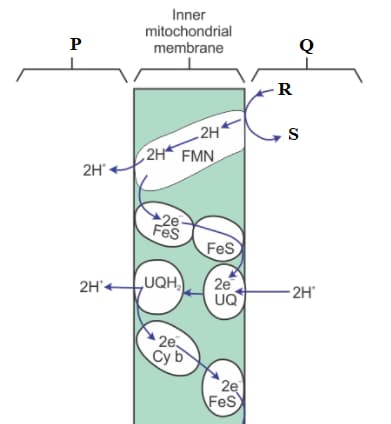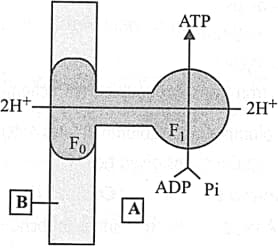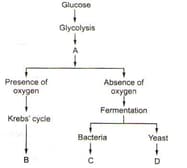EASY
NEET
IMPORTANT
Earn 100
is oxidised during glycolysis. What happens to the hydrogen atom and electron that are removed during oxidation?
(a)They reduce
(b)They oxidise
(c)They are transferred to pyruvic acid
(d)They are removed
50% studentsanswered this correctly

Important Questions on Respiration in Plants
MEDIUM
NEET
IMPORTANT
Fermentation involves:

HARD
NEET
IMPORTANT

MEDIUM
NEET
IMPORTANT
| I | II |
|---|---|
| (a) Glycolysis | (i) Inner mitochondrial membrane |
| (b) TCA cycle | (ii) Mitochondrial matrix |
| (c) ETS | (iii) Cytoplasm |
MEDIUM
NEET
IMPORTANT

MEDIUM
NEET
IMPORTANT
MEDIUM
NEET
IMPORTANT

MEDIUM
NEET
IMPORTANT
EASY
NEET
IMPORTANT
